 Lonsdale Depot
Lonsdale Depot
Entry Type: Place
 Lonsdale Depot
Lonsdale Depot
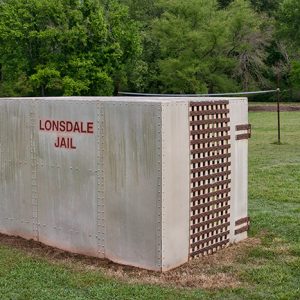 Lonsdale Jail
Lonsdale Jail
Lonsdale (Garland County)
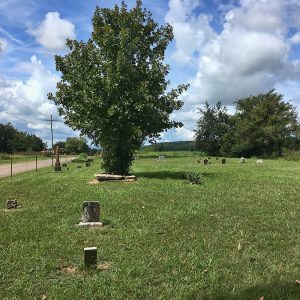 Looper Cemetery
Looper Cemetery
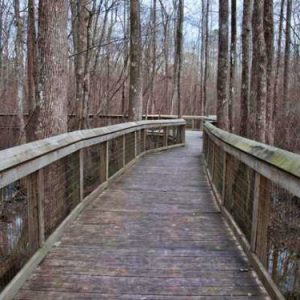 Lorance Creek Natural Area
Lorance Creek Natural Area
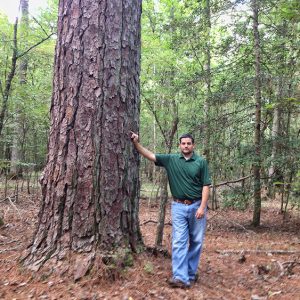 Lost 40
Lost 40
 Lost 40
Lost 40
Lost 40
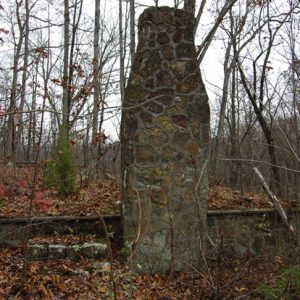 Lost Corner
Lost Corner
Lost Corner (Pope County)
Lost Forty Brewing
 Lost Louisiana Mine
Lost Louisiana Mine
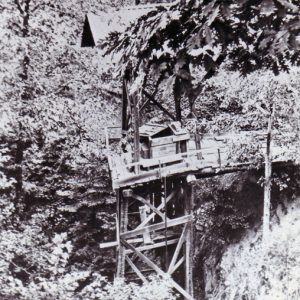 Lost Louisiana Mine
Lost Louisiana Mine
 Lost Prairie Location
Lost Prairie Location
Lost Prairie (Miller County)
Louann (Ouachita County)
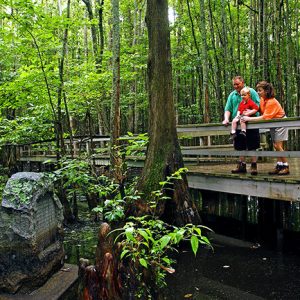 Louisiana Purchase Historic State Park
Louisiana Purchase Historic State Park
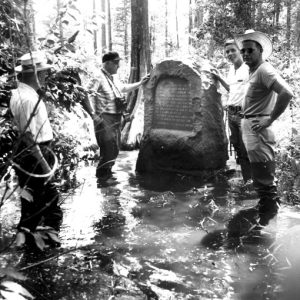 Louisiana Purchase Historic State Park
Louisiana Purchase Historic State Park
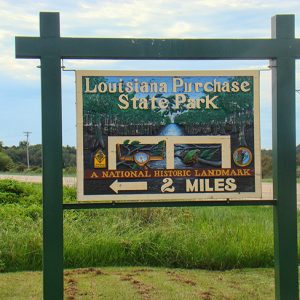 Louisiana Purchase State Park Entrance
Louisiana Purchase State Park Entrance
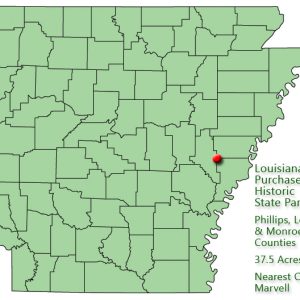 Louisiana Purchase Historic State Park: Park Location
Louisiana Purchase Historic State Park: Park Location
Louisiana Purchase State Park
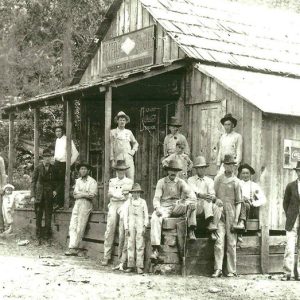 Lovelady General Store
Lovelady General Store
Lovely County
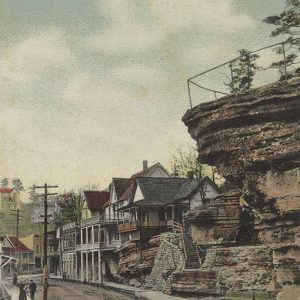 Lover's Leap
Lover's Leap
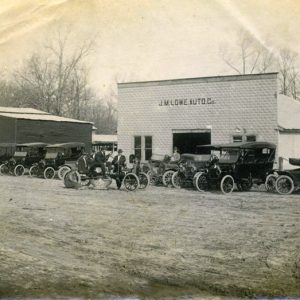 Lowe Auto Company
Lowe Auto Company
Lowell (Benton County)
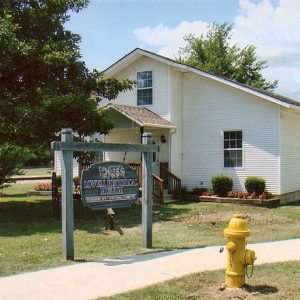 Lowell Historical Museum
Lowell Historical Museum
 Lowell Heritage Park
Lowell Heritage Park
 Lowell Baptist Church
Lowell Baptist Church
 Lowell School
Lowell School
Lower White River Museum State Park
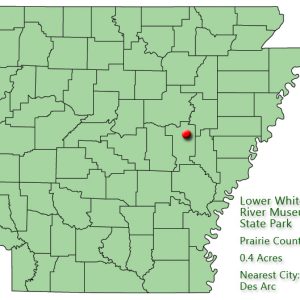 Lower White River Museum State Park: Park Location
Lower White River Museum State Park: Park Location
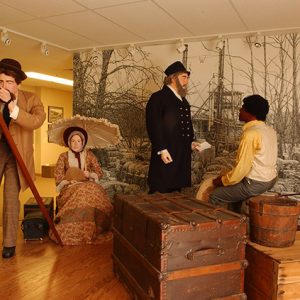 Lower White River Museum
Lower White River Museum
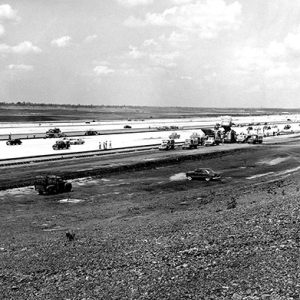 LRAFB Runway Construction
LRAFB Runway Construction
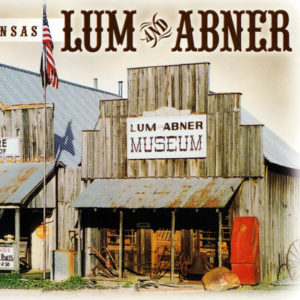 Lum and Abner Store and Museum
Lum and Abner Store and Museum
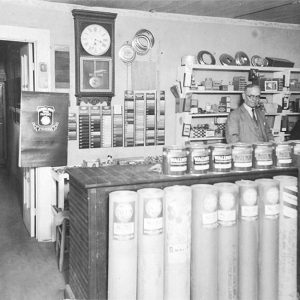 Lumber Company
Lumber Company
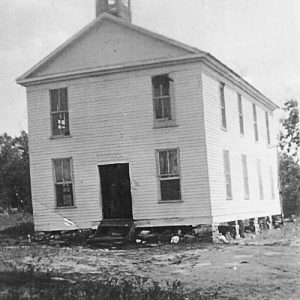 Lunenburg School
Lunenburg School
Lunenburg (Izard County)
Luxora (Mississippi County)
Lynn (Lawrence County)
Lynwood Tourist Court Historic District
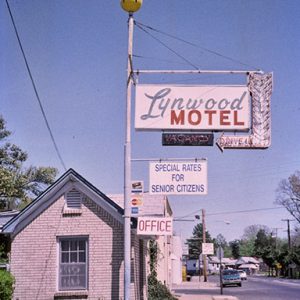 Lynwood Tourist Court
Lynwood Tourist Court
Lyon College
 Lyric Theater
Lyric Theater
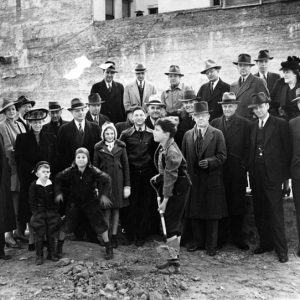 M. M. Cohn Company Groundbreaking
M. M. Cohn Company Groundbreaking
 M. M. Cohn Department Store
M. M. Cohn Department Store
Mabelvale (Pulaski County)
Maberry (Woodruff County)
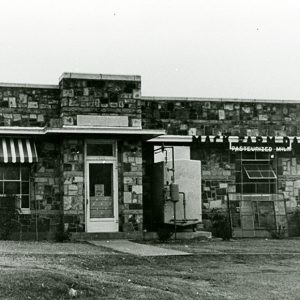 Mac Dairy
Mac Dairy




